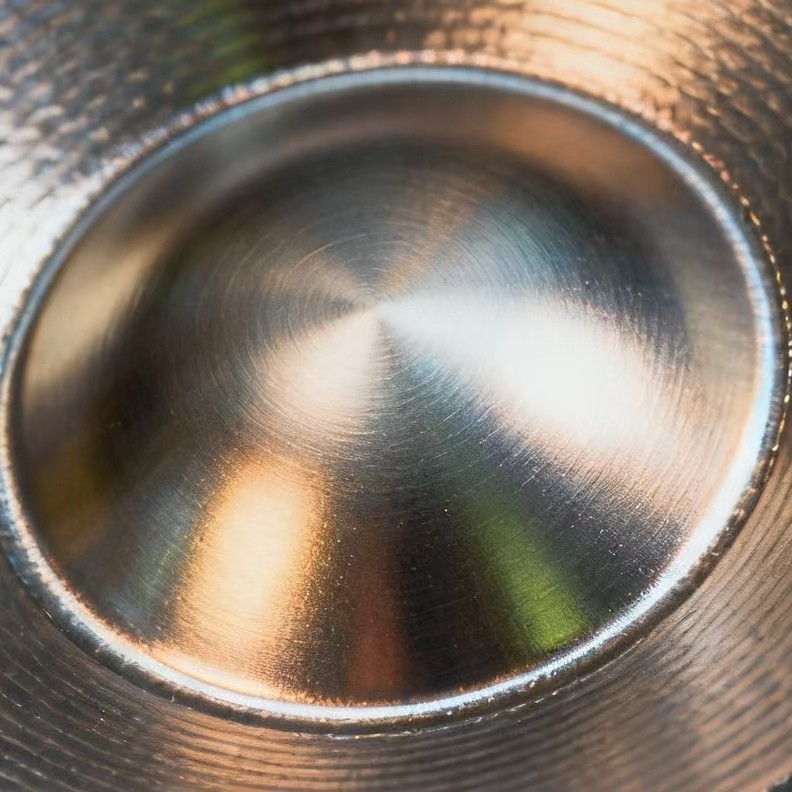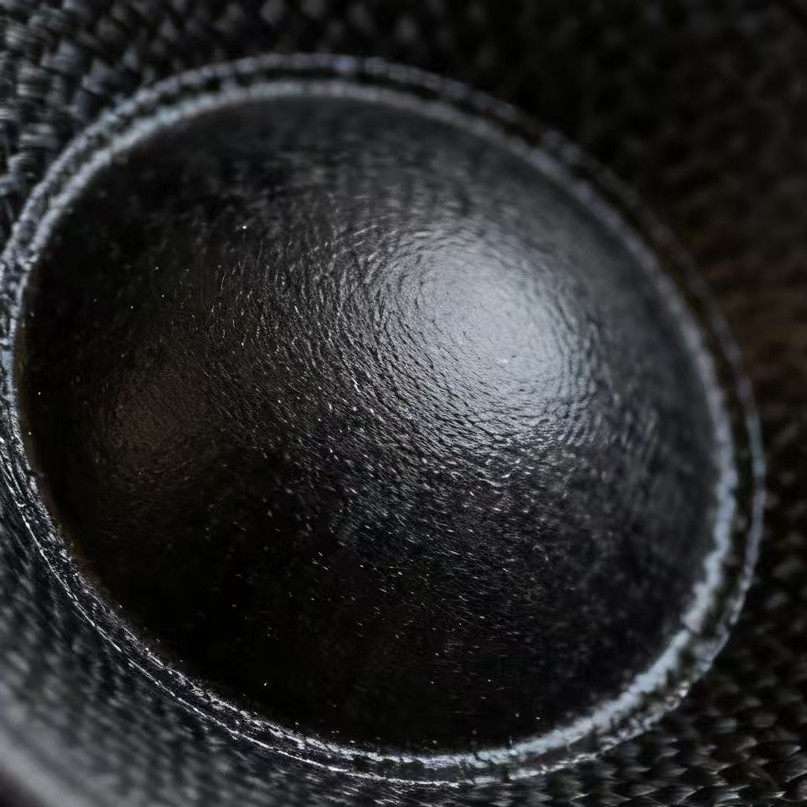Explore the Best Tweeter Diaphragm Material for Sound Performance | MR Audio
In car audio, each tweeter has its own unique characteristics. The secret lies in the diaphragm. Titanium, phenolic, and polyimide each brings their own tone and energy to your music— decides which one fits your sound.

Titanium Diaphragm: The “Athlete” of the Treble World
If titanium diaphragms had a personality, they’d be the high-performance athlete — lean, tough, and built for accuracy. That’s why they are good at speed, precision, and crystal-clear treble.
Play a song, and you’ll hear every breath and vocal nuance with pinpoint clarity. In gaming, even footsteps three meters away can be located with razor accuracy.
However, titanium’s extreme stiffness sometimes leads to a slightly “metallic” tone at sharp frequencies. Modern speaker manufacturers have solved this by using aluminum coatings or sandwich structures. By the ways, they can reduce unwanted resonance. That’s why titanium diaphragms dominate in monitoring speakers and audiophile-grade car tweeters.

Phenolic Diaphragm: The “Vintage Gentleman” of Smooth, Warm Sound
Phenolic resin (fiber-reinforced resin) feels humble but performs elegantly. It offers excellent damping—like a steady hand gently is swirling tea in an old teahouse.
Play your song, and the vocals will flow like velvet, the bass is deep yet not muddy, the highs are smooth, and the piano tones warm your ears. In the jazz music, the phenolic diaphragm softens harsh metallic edges, can give a mellow, nostalgic atmosphere.
But every classic has limits. Phenolic’s rigidity is too low to make it ideal for high-energy or dynamic music, like orchestral bursts in the Yellow River Cantata. It’s also sensitive to heat and humidity which makes it is more suited for indoor or vintage-style speakers rather than cars parked under the sun.

Polyimide Diaphragm: The “All-Rounder” of Car Audio
Think of polyimide as a material built for extremes — it handles freezing cold (-269°C) and super heat (up to 400°C) while staying impressively light.
It bridges the gap between titanium and phenolic: more rigid than phenolic and more flexible than titanium. This makes it perfect for car tweeters, Bluetooth speakers, and even industrial sound systems.
It resists heat, humidity, and aging, can give consistent sound even in hot car interiors or outdoor.
Between titanium’s precision and phenolic’s warmth, this one is both for balance and long-term dependability.
Summary: Don’t Ask “Which Is the Best?”—Ask “Which Fits You Best?”
- For fans of EDM, rock, and clean, detailed highs, titanium diaphragm tweeters are the way to go.
- If you’d prefer vocals, jazz, or warm old-school sound, go with Phenolic Diaphragm Tweeters.
- If you want something long-lasting, adaptable, and stable, Polyimide Diaphragm Tweeters are your all-around partner.
There’s no perfect diaphragm—only the one that suits you. Just like shoes: some prefer the lightness of sneakers, others the elegance of leather. Find your fit, and enjoy music the way it was meant to be heard.
